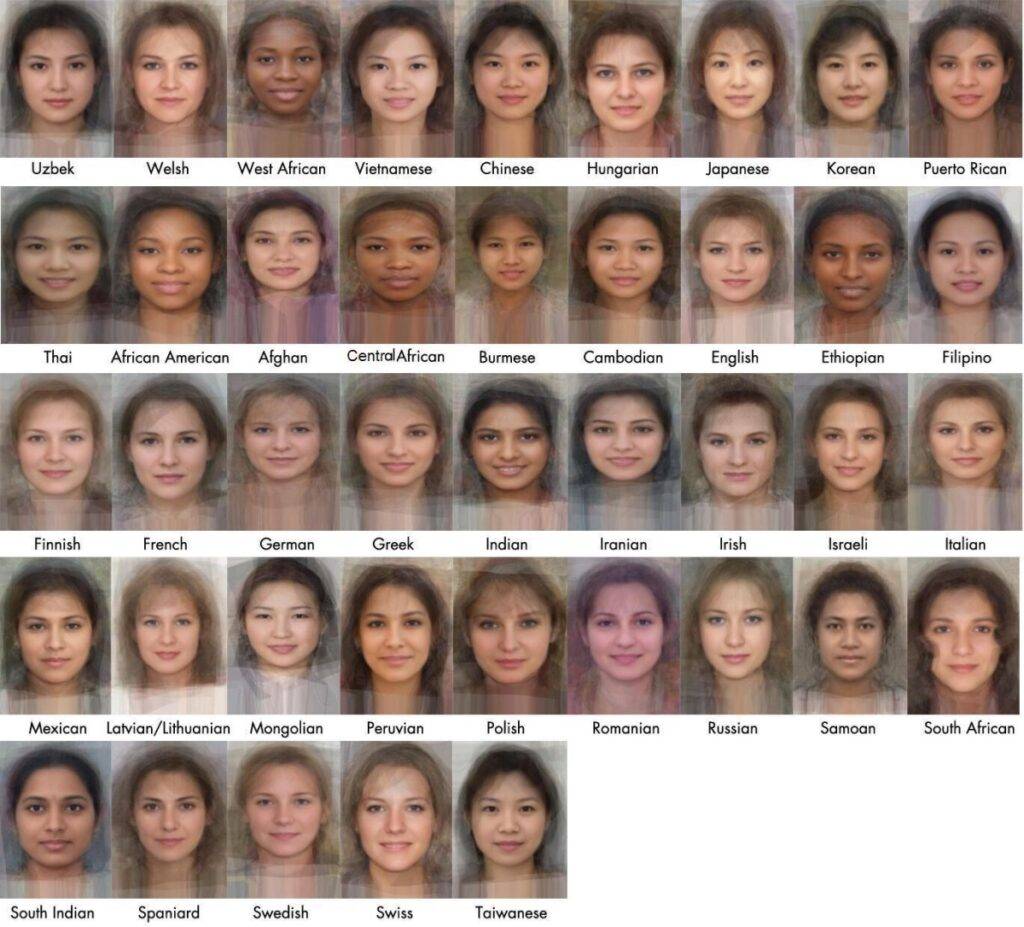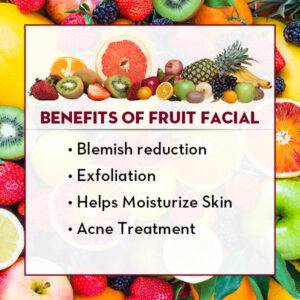This Site Is A Participant In The Amazon Services LLC Associates Program. We may earn money or products from Amazon or the companies mentioned in this post.
Chinese and korean facial features differ in various aspects, including distinct eye shapes and facial structures. Known for their almond-shaped eyes, chinese individuals often possess straighter and slightly wider nose bridges compared to koreans.
Additionally, chinese people generally have rounder, fuller faces and more prominent cheekbones, while koreans tend to have slimmer faces with softer angles and less prominent cheekbones. These variations highlight the uniqueness and diversity found within east asian facial features. Understanding these differences can help appreciate the beauty and individuality of both chinese and korean cultures.

Credit: asia.nikkei.com
Chinese And Korean Facial Features: An Introduction
Chinese and korean facial features have distinct characteristics that reflect their respective cultures. In chinese society, facial features such as high cheekbones and narrow eyes are considered beautiful. On the other hand, koreans value certain traits like a small face, high nose bridge, and double eyelids.
These features hold cultural significance in both societies, as they are perceived as symbols of attractiveness and social status. It is important to note that these generalizations may not apply to every individual, as each person’s appearance is unique. Understanding the differences in facial features can help cultivate a deeper appreciation for the diverse beauty standards that exist around the world.
Physical Differences Between Chinese And Korean Facial Features
Chinese and korean facial features exhibit unique characteristics in their physical appearance. The distinctive facial structures and bone structures set them apart. Their eyes, noses, and lips differ in shape and size, contributing to the diversity in their facial features.
Additionally, variations in facial symmetry can be observed between individuals from these two ethnicities. These differences create a distinct identity for each group and allow individuals to identify their heritage. By appreciating and understanding the disparities, we can celebrate the rich diversity of human appearances.
Similarities And Differences In Skin Tone And Texture
Chinese and korean populations have distinct variations in skin tone and texture. Both share common skin tones, ranging from fair to medium. Facial skin texture can also differ subtly, with chinese individuals often having slightly thicker skin compared to koreans.
Climate and geography play a significant role in skin appearance, as koreans tend to live in a more temperate climate while chinese individuals experience a range of climates due to the large size of their country. These differences may result in variations in hydration levels and oil production.
It’s important to note that while general similarities and differences can be observed, individual variations within each population should also be considered. Understanding these nuances can be helpful for skincare and beauty enthusiasts seeking to optimize their routines for specific skin types.
Chinese And Korean Facial Feature Preferences
Chinese and korean facial features have distinct preferences influenced by cultural ideals and media. Both countries have different beauty standards. Cosmetic procedures and trends also differ between the two cultures. The media plays a significant role in shaping beauty ideals by promoting certain facial features.
In china, a preference for smaller eyes and a pointed chin is common, while in korea, a v-shaped face and larger eyes are considered desirable. Cosmetic procedures such as double eyelid surgery and jawline contouring are popular in china, while korea is known for its renowned beauty treatments, including mesotherapy and face slimming techniques.
Understanding these differences is crucial when comparing chinese and korean facial features. Both cultures have unique aesthetics that are celebrated and valued in their respective societies.
Genetic Influences On Facial Features In China And Korea
Genetic influences play a significant role in determining facial characteristics in china and korea. Facial features are shaped by various racial factors, contributing to the diversity between chinese and korean individuals. Evolutionary influences have also played a part in the development of these distinct features.
The unique genetic makeup of each population has resulted in variations such as eye shape, nose structure, and facial bone structure. These differences can be attributed to adaptations to their respective environments over time. Understanding the genetic basis of chinese and korean facial features sheds light on the intricate nature of human diversity.
By exploring the roles of genetics and evolution, we can gain deeper insights into the fascinating complexities of facial appearance in these cultures.
Facial Expressions And Gestures In Chinese And Korean Cultures
Facial expressions and gestures reveal cultural nuances between chinese and korean societies. Non-verbal communication plays a significant role in both cultures, conveying emotions in diverse contexts. In china, facial signals express joy, anger, sadness, surprise, or disgust. For example, raised eyebrows signify surprise, while lowered eyebrows indicate anger.
In korea, facial expressions differ from china, representing emotions such as happiness, sadness, anger, fear, or surprise. Korean culture emphasizes maintaining harmony and avoiding conflict, leading to more subtle and restrained facial displays. The use of smiles is prevalent, even in uncomfortable or tense situations.
Understanding these cultural differences in facial expressions and gestures is crucial when communicating with chinese and korean individuals, ensuring effective cross-cultural interactions. By appreciating these nuances, one can foster better relationships and avoid misunderstandings.
Perception And Stereotypes Of Facial Features In China And Korea
Perception and stereotypes shape how we view the facial features of chinese and korean individuals. These stereotypes can have a significant impact on self-perception and societal expectations. Both chinese and korean facial characteristics may be associated with preconceived notions and generalizations.
However, it is important to challenge and debunk these stereotypes to foster a more inclusive society. By celebrating the diversity within chinese and korean populations, we can recognize the beauty and uniqueness of every individual. Instead of focusing on stereotypes, we should appreciate the wide range of facial features found within these cultures.
Embracing individuality allows us to move beyond the limitations of stereotypes and create a more inclusive and understanding world. Let’s challenge these assumptions and celebrate the rich tapestry of chinese and korean facial features.
Embracing And Celebrating Diversity In Facial Features
Embracing and celebrating the diversity in facial features is essential in promoting inclusivity and appreciation. By going beyond stereotypes, we can recognize the beauty that lies in chinese and korean facial features. Influential figures serve as examples, proving that unique features can inspire and captivate.
Encouraging self-acceptance allows individuals to embrace their distinct qualities and recognize their worth. Let us break free from societal expectations and celebrate the stunning diversity that exists in our facial characteristics. By appreciating and valuing our unique appearances, we can create a more inclusive and accepting society.
Beauty knows no boundaries, and every feature tells a story of identity and individuality. Embracing these differences opens a world of understanding and appreciation.
Cultural Exchange And Influence On Facial Features
China and korea have a long history of cultural exchange and interaction, resulting in a mutual influence on facial features. The exchange of cultural practices, including beauty ideals and perceptions, has played a significant role in shaping the facial characteristics of both chinese and korean people.
Over the centuries, these exchanges have led to the adoption of certain features that are considered attractive in both cultures. This cultural blend has contributed to the diverse facial features seen in modern-day china and korea. The historical interactions between these two countries have created a unique mix of facial attributes that reflect their shared heritage.
From eye shapes to facial bone structure, the fusion of chinese and korean influences has resulted in a wide range of distinct and beautiful facial features in both nations.
Modern Trends In Emphasizing Facial Features
Fashion trends are constantly evolving, and one area that has gained attention is the emphasis on facial features. The focus now is on enhancing natural beauty and embracing personalized style choices. Makeup techniques play a vital role in achieving this goal, especially when it comes to chinese and korean facial features.
These two cultures celebrate unique traits and have specific approaches to makeup application that enhance their distinct beauty. By understanding these techniques, individuals can creatively enhance their facial features and express their personal style. From subtle contouring to bold pops of color, there are countless ways to play up your best features and showcase your individuality.
So, embrace your natural beauty and stay up-to-date with modern trends that celebrate and enhance your facial features.
Frequently Asked Questions Of Chinese Vs Korean Facial Features
What Is The Difference Between Chinese And Korean Faces?
Chinese and korean faces have subtle differences related to facial structure and characteristics. Chinese faces often have wider cheekbones and more prominent jawlines. On the other hand, korean faces tend to have a v-shaped or heart-shaped face with a narrower jawline.
Eyes can differ, with some chinese individuals having slightly more rounded eyes, while korean eyes are often more oval in shape. Nose shape may also vary, with chinese noses tending to be wider and flatter, while korean noses are typically slimmer and have a higher bridge.
Skin tone can range from fair to medium in both chinese and korean individuals. These distinctions, however, are generalizations, as there can be overlap between the two groups and individual variations within each.
How To Tell The Difference Between Chinese Japanese And Korean?
The differences between chinese, japanese, and korean can be identified through their written characters, language, and cultural influences. Chinese uses characters with strokes, while japanese and korean have their own unique writing systems. Chinese is tonal, japanese has a mix of tonal and non-tonal elements, and korean is not tonal.
Chinese may have more pronunciation variations compared to japanese and korean. Furthermore, cultural aspects like clothing, food, and customs also differ. Chinese culture is heavily influenced by confucianism, while japanese culture has influences from buddhism and shintoism, and korean culture is influenced by confucian values and its own traditional beliefs.
By observing these factors, one can distinguish between chinese, japanese, and korean.
How To Tell The Difference Between Chinese And Korean Characters?
To tell the difference between chinese and korean characters, focus on the writing style and structure. Chinese characters are based on a logographic system, meaning that each character represents a whole word or concept. Korean characters, on the other hand, consist of both phonetic and ideographic symbols.
Chinese characters tend to have more strokes and complex shapes compared to korean characters. Chinese strokes are generally more angular and straight. Korean characters have simpler and rounded shapes. Another distinguishing feature is the presence of circles and squares in korean characters, while chinese characters rarely include these elements.
Additionally, chinese characters have a consistent stroke order, whereas korean characters do not follow a strict stroke order. Knowing these differences can help you identify whether a character is chinese or korean, even if you don’t understand the meaning of the word.
Why Is Korean And Chinese So Similar?
Korean and chinese are similar due to their shared roots in the east asian language family. Both languages belong to the sino-tibetan language group. Throughout history, korea has had significant cultural and political influences from china, which further contributed to linguistic similarities.
Despite these resemblances, korean has its unique alphabetic script called hangul, while chinese uses logographic characters. However, certain vocabulary and grammar patterns in korean show clear chinese influence. Common loanwords and historical connections have also played a role in making the two languages comparable.
Nevertheless, it is essential to note that korean and chinese are distinct languages with distinct linguistic structures and grammar systems. And these languages have evolved separately over time, leading to significant differences in pronunciation, vocabulary, and sentence structure.
Conclusion
To summarize, chinese and korean facial features have both similarities and distinct differences. Chinese individuals tend to have rounder faces with wider cheekbones and wider set eyes, while korean individuals typically have more oval-shaped faces with slimmer cheekbones and closer set eyes.
Furthermore, chinese people often possess a smoother skin texture with a warmer undertone, while koreans tend to have a paler complexion with a cooler undertone. Despite these variances, it is important to remember that these descriptions are generalizations and individuals from both cultures can exhibit a wide range of facial characteristics.
The distinctions in facial features between chinese and korean individuals are rooted in historical, cultural, and genetic influences and should be acknowledged with respect and appreciation. Ultimately, embracing and celebrating these diversities is what makes our world beautiful and unique.

Amelia Varley is a professional beauty blogger and freelance writer with a passion for all things skincare, makeup, and holistic wellness. With years of experience in the beauty industry, Amelia shares expert tips, product reviews, and innovative beauty routines with her readers. Her writing is driven by a desire to empower people to look and feel their best through mindful beauty practices. When she’s not writing, Amelia enjoys experimenting with the latest beauty trends and exploring the connection between self-care and confidence.





